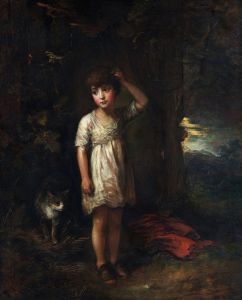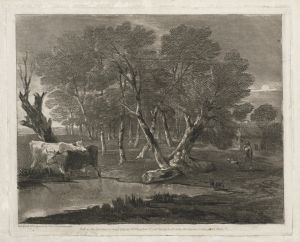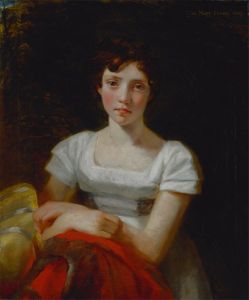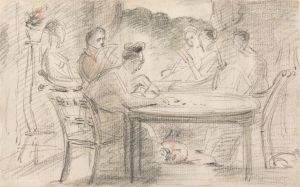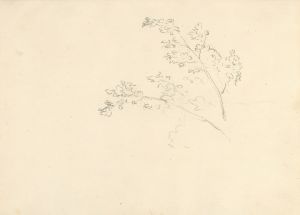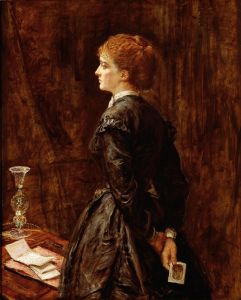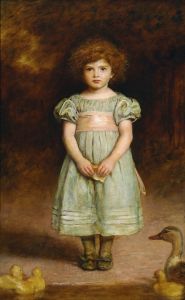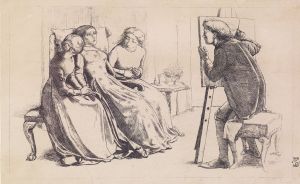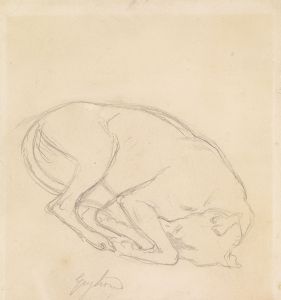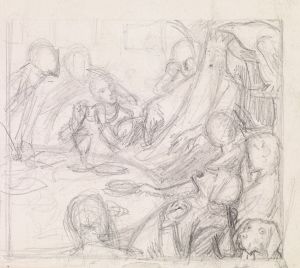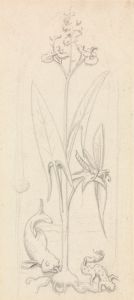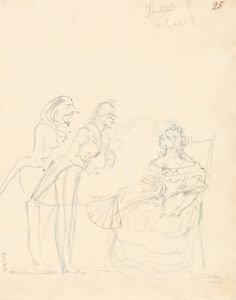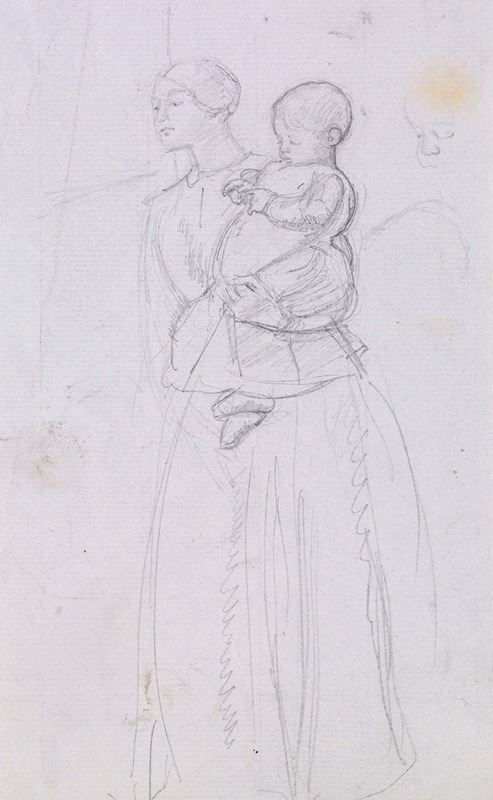
Tennyson’s The Lord of Burleigh – The Death of Lady Burleigh – Sketch of the Nurse and Boy
A hand-painted replica of Sir John Everett Millais’s masterpiece Tennyson’s The Lord of Burleigh – The Death of Lady Burleigh – Sketch of the Nurse and Boy, meticulously crafted by professional artists to capture the true essence of the original. Each piece is created with museum-quality canvas and rare mineral pigments, carefully painted by experienced artists with delicate brushstrokes and rich, layered colors to perfectly recreate the texture of the original artwork. Unlike machine-printed reproductions, this hand-painted version brings the painting to life, infused with the artist’s emotions and skill in every stroke. Whether for personal collection or home decoration, it instantly elevates the artistic atmosphere of any space.
Sir John Everett Millais, a prominent figure in the Pre-Raphaelite Brotherhood, created the painting titled Tennyson’s The Lord of Burleigh – The Death of Lady Burleigh – Sketch of the Nurse and Boy. This artwork is a visual interpretation of a scene from Alfred, Lord Tennyson's poem "The Lord of Burleigh," which tells the poignant story of a humble village maiden who marries a nobleman, only to succumb to the pressures of her elevated social status.
The painting focuses on a moment of quiet sorrow, depicting the nurse and the young boy, presumably the son of Lady Burleigh, in a tender and reflective scene. Millais, known for his meticulous attention to detail and emotional depth, captures the somber atmosphere with his characteristic precision and sensitivity. The figures are rendered with a naturalistic approach, emphasizing the humanity and vulnerability of the subjects.
This work is part of Millais's broader engagement with literary themes, as he often drew inspiration from poetry and prose to create narrative-driven artworks. The connection to Tennyson's poem highlights the Victorian fascination with the interplay between literature and visual art, a hallmark of the Pre-Raphaelite movement.
The painting is considered a sketch, suggesting that it may have been a preparatory work or an exploration of the theme rather than a fully realized final composition. As such, it provides insight into Millais's artistic process and his ability to convey complex emotions through preliminary studies.
Further details about the painting's current location, provenance, or exhibition history are not widely documented. However, it remains an example of Millais's skill in translating literary sources into compelling visual narratives, contributing to his reputation as one of the leading artists of his time.





